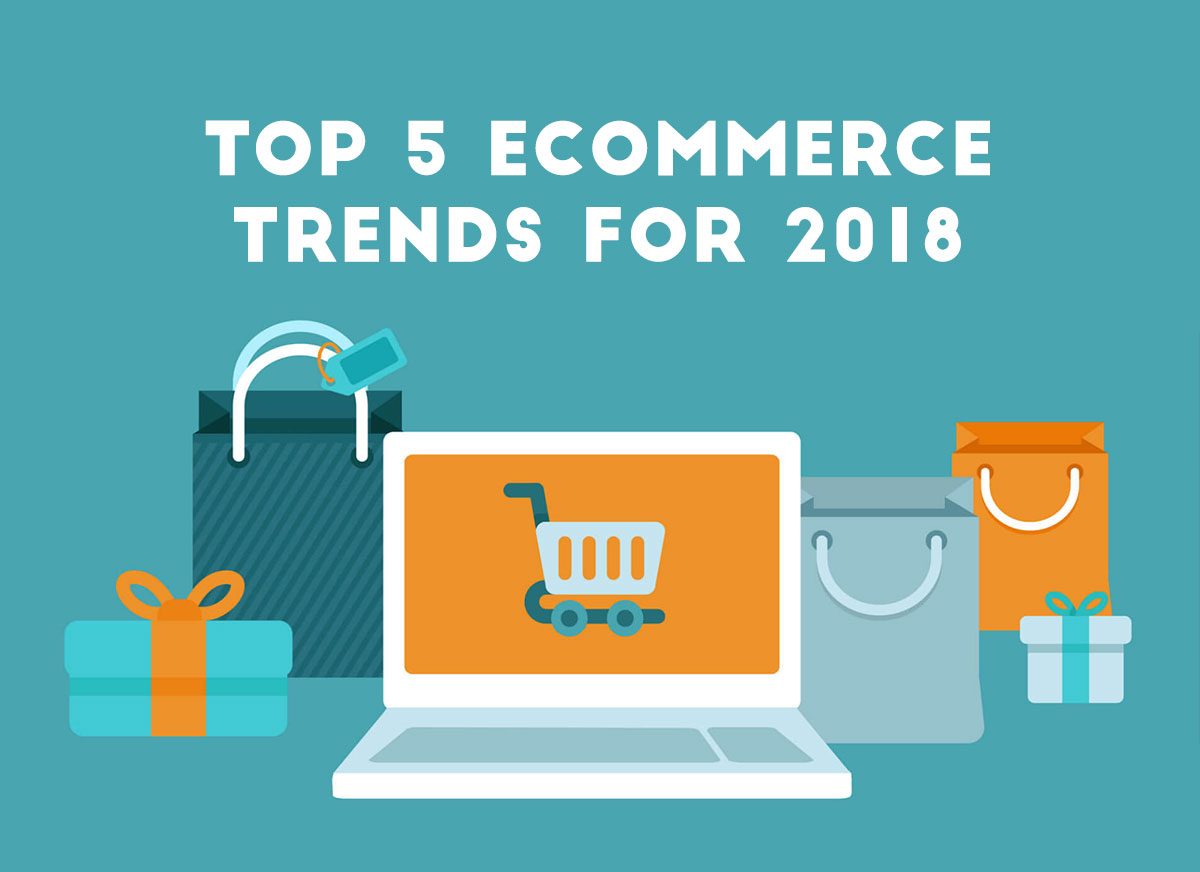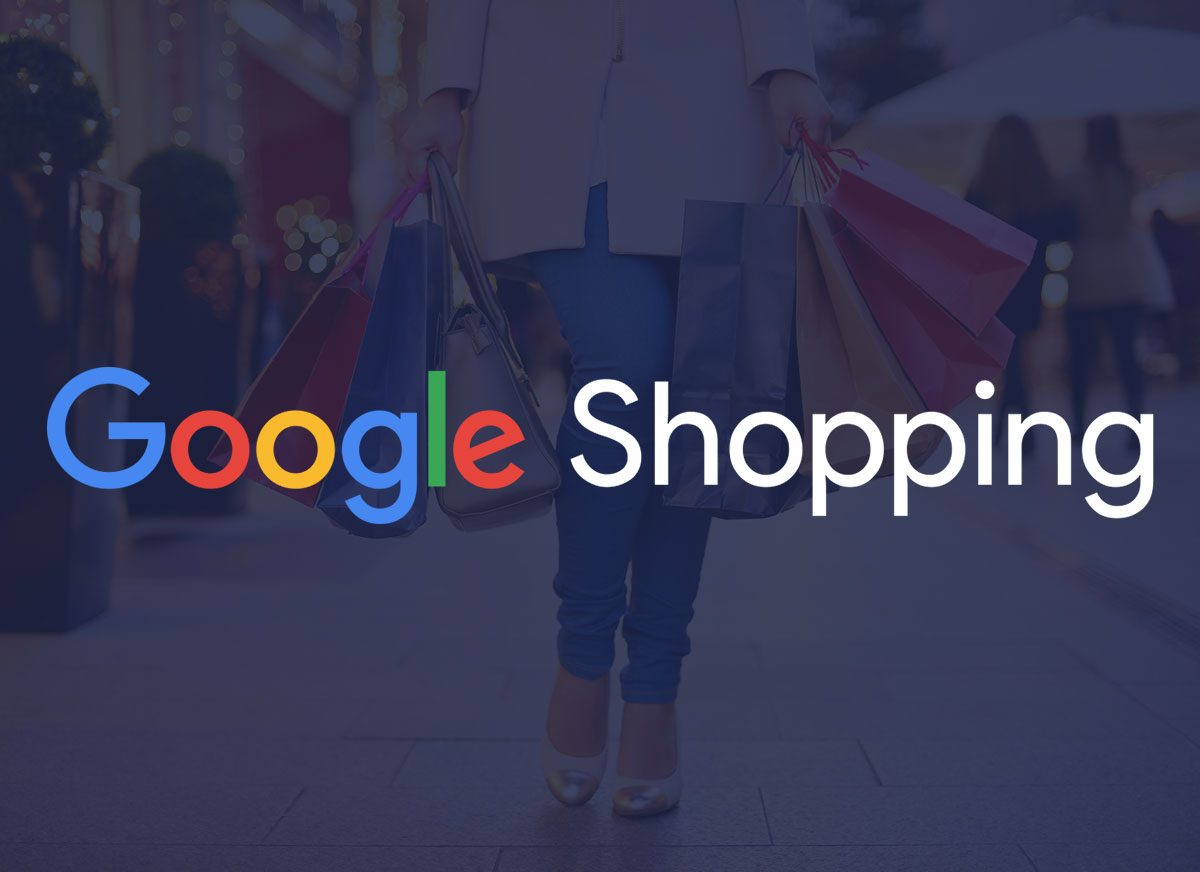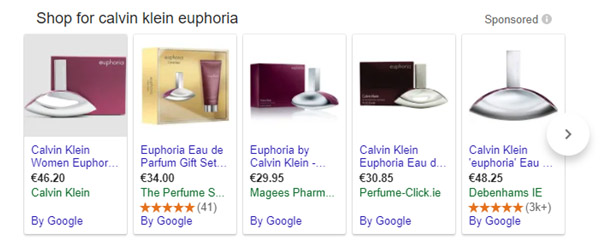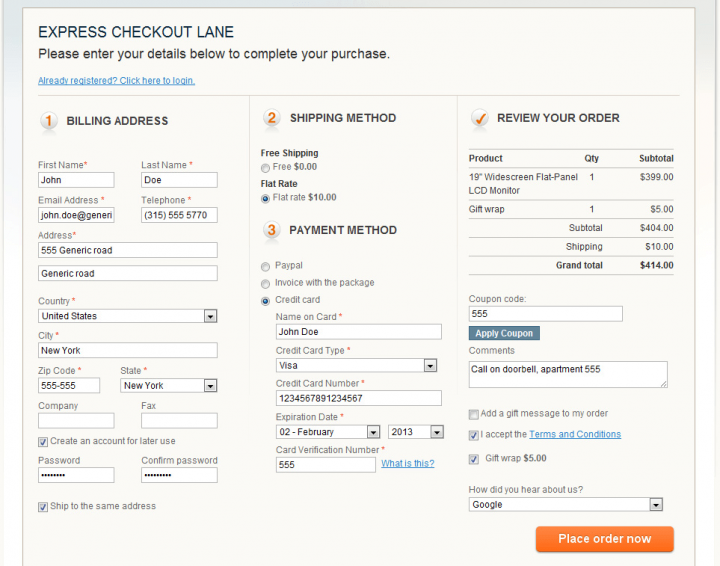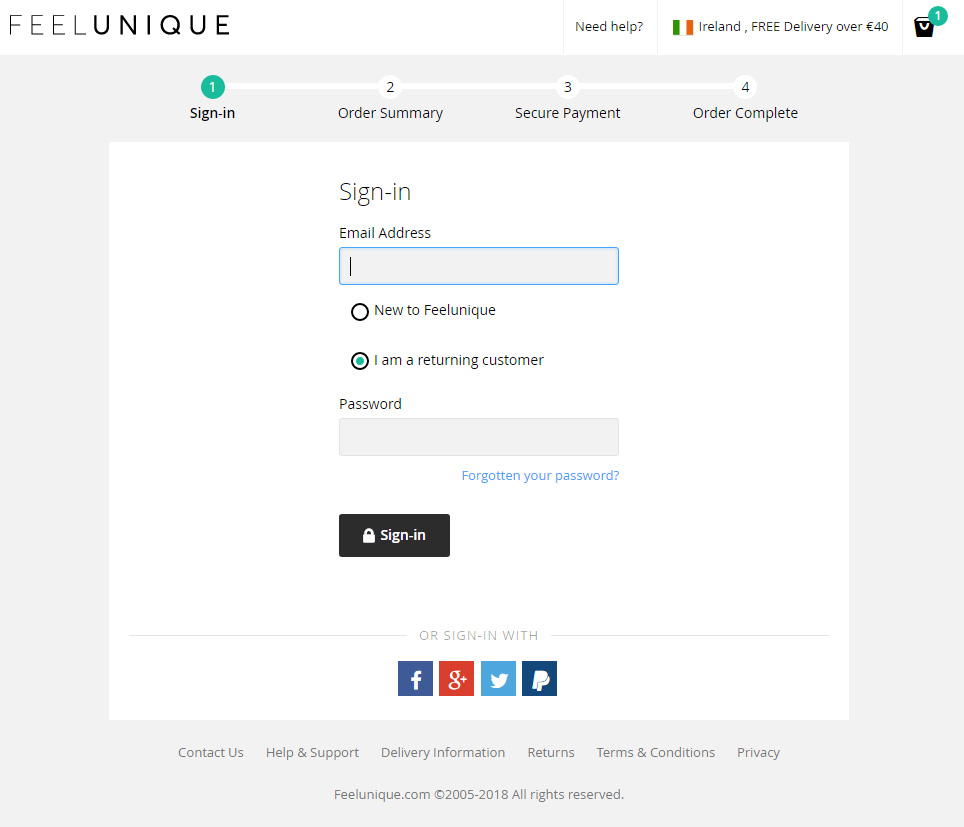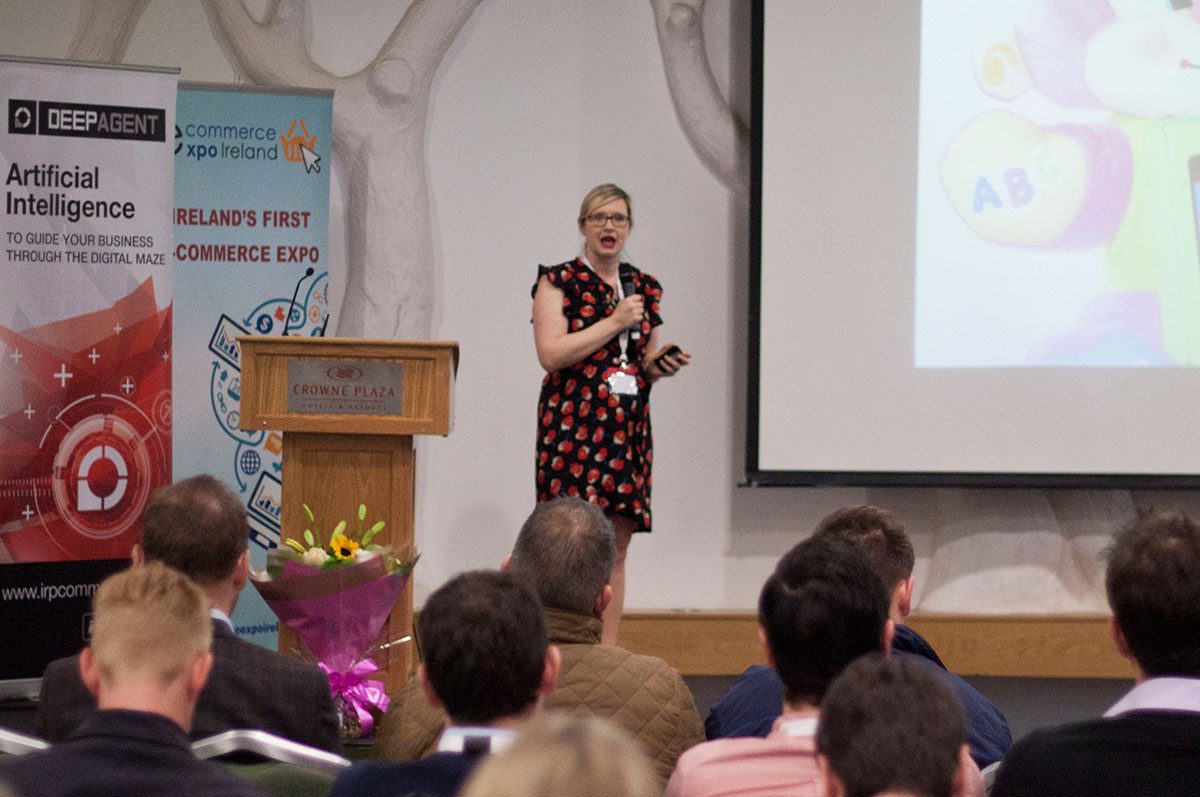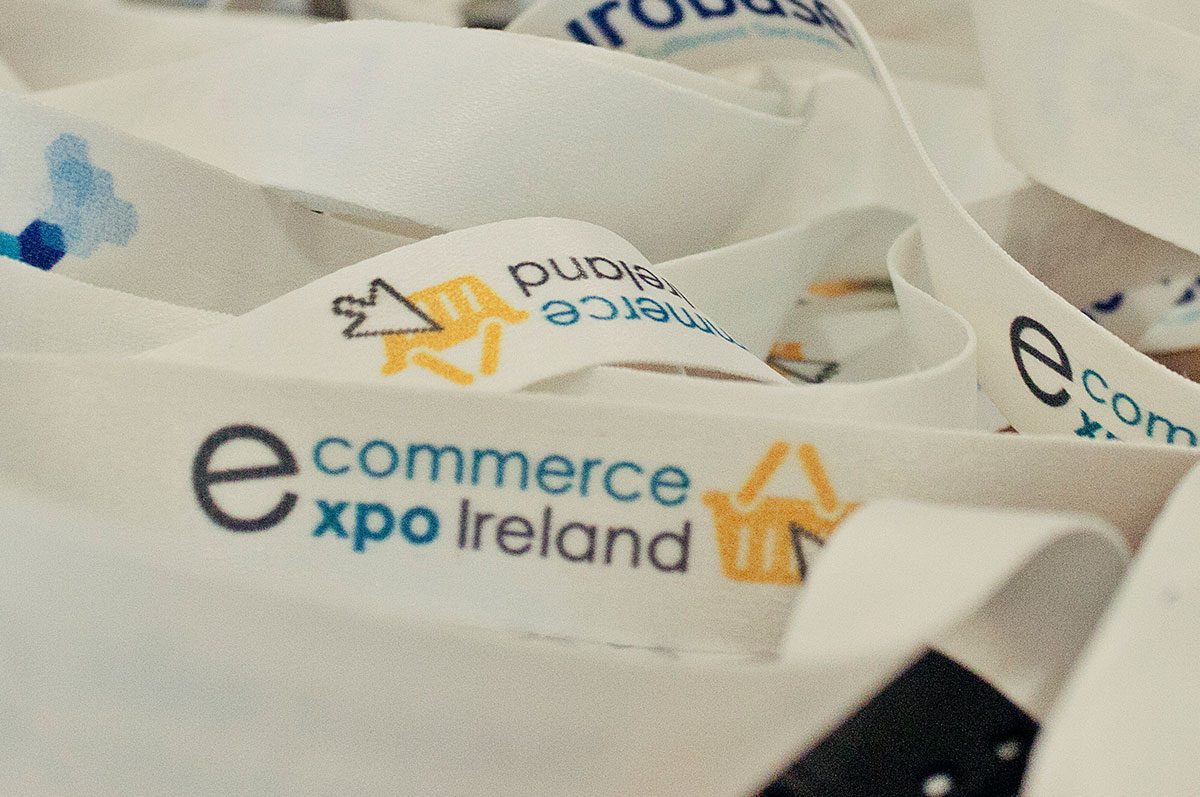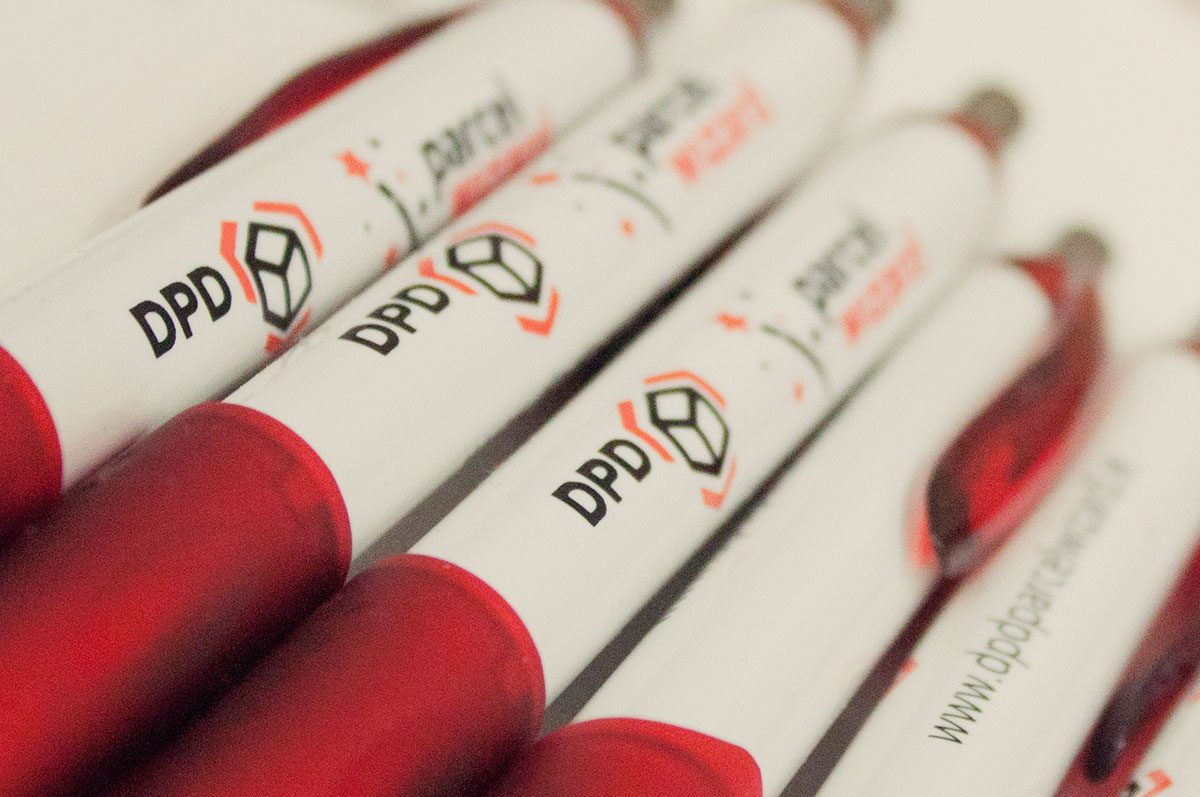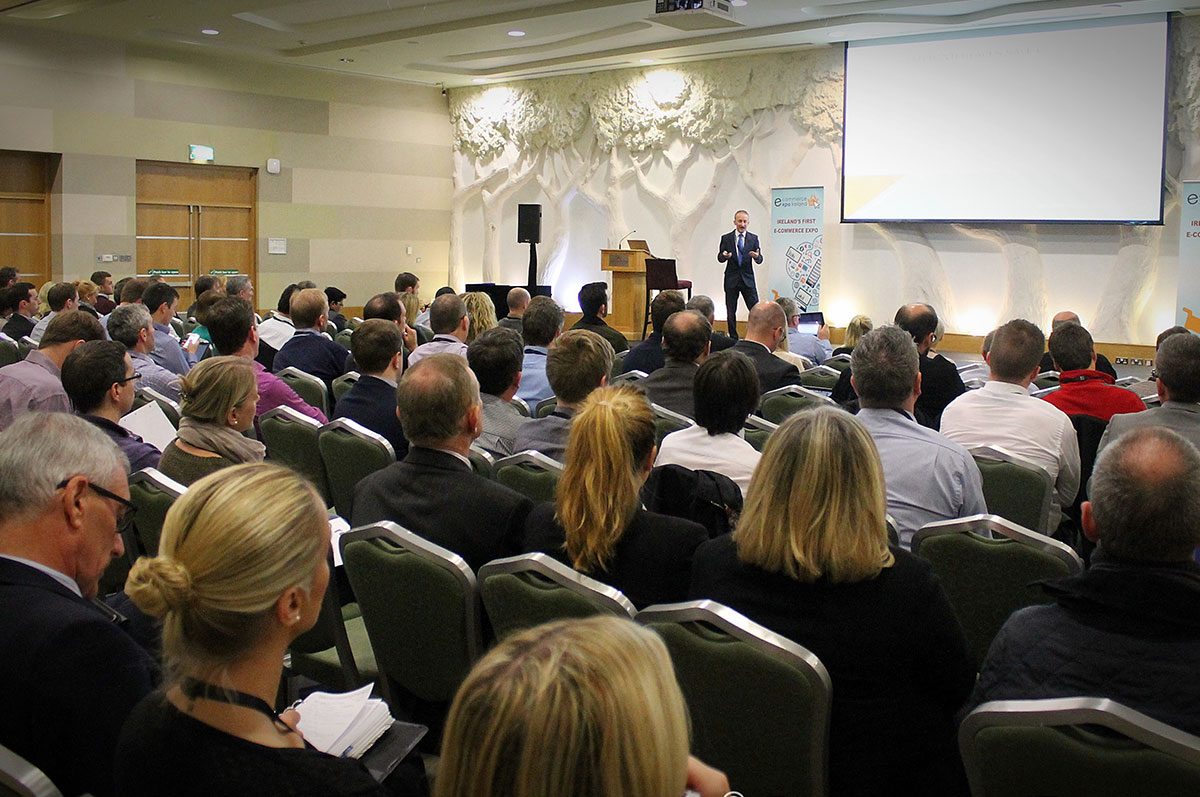Without any doubt most Companies want to make it big – especially in eCommerce where your marketplace is potentially Global! But have you ever thought that those companies were also a startup at one point? Just to give a small example, we all know Shutter Stock, a photo library. Jon Oringer when started it, he was just a professional software developer and amateur photographer. He combined his skills and used 30,000 photos from his personal photo library to start the service. Currently Sutter Stock is worth $2 billion
Innovation
If you are a “big company” don’t be afraid of experimenting with new things. Small companies, or companies with just a few people often try different ideas and innovations which can bring massive success!
The good thing about the startup is that they start fresh, and they have a lot of room to make changes. It like a big clean canvas and on which you can draw whatever you want on it because there is nothing to lose (yet) and there are no past products or legacy issues to deal with.
Decision Making:
Don’t be afraid to make quick decisions. Sometimes in small companies most decisions do not impact people in the company, that’s why startups are usually tweaking their ways around and back sometimes back again.
Decision making can be quick in small companies because there are less people or decision makers to rely on whereas bigger companies have more people and sometimes this just gets in the way, which can result in decisions being complicated and slow.
One tip is to listen to your customers because they are “almost” always right. Give them importance and respect the feedback.
Be Confident:
It is important for any company, big or small to be confident in the steps they are taking. I think small companies can be a bit quick and confident in what they do because they know they can make changes more quickly if at some point that decision is a wrong one. I am not saying that big companies are not confident, but since there are sometimes bigger risks involved.
For example, we all know that when Snapchat was founded, Mark Zuckerberg wanted to buy the company for $3 Billion, but the founders turned down the offer and saw an opportunity to make their future bright.
Today SnapChat is worth $30 Billion.
Culture of the company
The environment or the culture of the company is one of the keys to success. Hiring new people isn’t always the solution though. According to Eric Ries, author of The Lean Startup, the focus on an exchange of ideas and learning opportunities are best positioned to draw in and keep talented individuals. These people want to work somewhere good, somewhere they can have influence and make an impact.
Keep it simple but efficient:
It’s a perception for some, that start-ups can work with more efficiency. Since they are almost always short of staff and everyone is doing everything and with limited workforce, they try to shape things effectively. Again, more complicated work can mean more staff and more staff means you need more money, so if you cannot get it right, you can be at a tricky wicket!
Hope this helps the “Big Guys” and the “Little Guys” too!!



